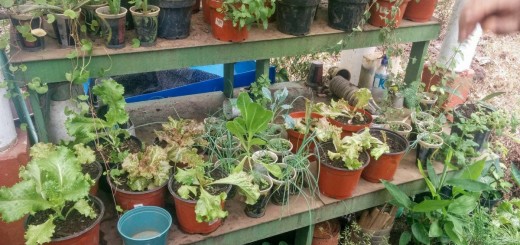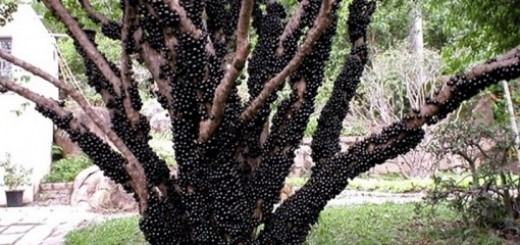Five Elements Theory and Terroir
During the tropical medicinal plant course, Ed recommended me read this book. As I read, their were so many connections to the way we taste and how it relates to our health, that I had to make a post! The author Naboru Muramoto is from Japan, and bases his information off of Traditional Chinese Medicine. All foods according Traditional Chinese Medicine are broken down into Yin or Yang foods. Yin is the force that causes expansion, such as water, air, trees and flowers. Fruits are typically Yin foods, as they grow quickly and grow large in size. Drugs tend to make us expand as well, and elements that make us dizzy or lightheaded are expansive and therefore Yin. Yang is the force that makes things contract to the utmost potential, like to be dense, or heavy. Pickling vegetables is Yang, and salt is especially Yang.
In nature we see a constant dance between Yin and Yang, like heat (Yang), cold (Yin). This is the same in cooking. Yin does not taste good without Yang. Potato, which is Yin, does not taste good without salt, and we need to drink a lot of water (yin) when we eat to much salt (yang), and vice versa.
This extends deeper into the Five Elements Theory from Taoism. This theory sees everything is made from five elements, being fire, earth, metal, water, and wood. This theory is the base for the science behind Traditional Chinese Medicine, as well as all of the other East Asian practices and sciences. What I was surprised to discover was that it even relates to taste.
“From the South comes extreme heat, heat produces fire, the forces of summer create heat on heaven and fire on earth, they create the heart organ and the pulse within the body, and the tongue, the red color, and the bitter flavor, the emotion joy and the ability to make a laughing sound.
From the west creates scorched dryness, dryness creates metal. The forces of autumn create dryness in heaven and metal on earth. They create the lung organ and the skin upon the body, and the nose and the white color, and the pungent flavor, the emotion grief, and the ability to make a weeping sound.
From the north comes extreme cold, cold creates water, the forces of winter create cold in heaven and water on earth, they create the kidney organ and the bones within the body, and the ears and the black color, and the salty flavor, the emotion fear and the ability to make a groaning noise.
The east creates wind, and the wind creates wood, the forces of spring create wind in heaven and wood upon earth. They create the liver organ and the muscles within the body, and the eyes and the green color, and the sour flavor. The emotion anger and the ability to make a shouting sound.
The center creates humidity, humidity nourishes the earth. The forces of earth create humidity in heaven and fertile soil on earth. They create the stomach organ and the flesh within the body, and the mouth and the yellow color, and the sweet flavor, the emotion sympathy and the ability to sing.”
Like Yin and Yang, the Five Elements are all interrelated in creation and destruction cycles. For example, WOOD burns to make FIRE whos ashes decompose into the EARTH where are born and mined METALS which when melted become WATER (liquid) which nourishes trees and plants.
Each element “creates” a flavor as well, Wood creates sour, Fire creates bitter, Earth creates sweet, Metal creates pungent, and Water creates salty. Each organ is said to desire the flavor of its corresponding element, and each flavor is said to have different powers. This really makes sense when we consider the respective seasons.
“The bitter flavor, which has the power of drying and strengthening, is the taste we desire in summer; the pungent flavor, which is disperses, is the taste we desire in the season of falling leaves; the salty flavor, which has the power of softening (Water), is the taste we desire in winter; the sour flavor, which has the power of gathering (astringent), is the taste we desire in spring. The sweet taste is desired at all times, accordingly, as it is found in the center. It has the power of slowing down, of bringing harmony. Its season is Doyo, the time of change in between seasons.”
This theory extends to the health of specific organs as well. Each flavor, in moderation, is beneficial to its corresponding organ, but if used excessively can be harmful to the organ. This relates to the Yin Yang principal, which states that extreme Yin will rapidly become Yang, and vice versa. Therefore, sour flavor is beneficial to the liver, and also harmful if used excessively. Bitter food is good for the heart, but can harm the heart and blood vessels. Sweet food is good for the spleen, but can harm the stomach, spleen and flesh. Pungent food is good for the lungs, but can harm the lungs and skin. Salty food is good for the kidneys, but too much can harm the kidneys and bones.
Similar to Rasa, the theory of flavors and health in Ayurveda, Traditional Chinese Medicine sees flavor as a key component to our health and existence.





Recent Comments